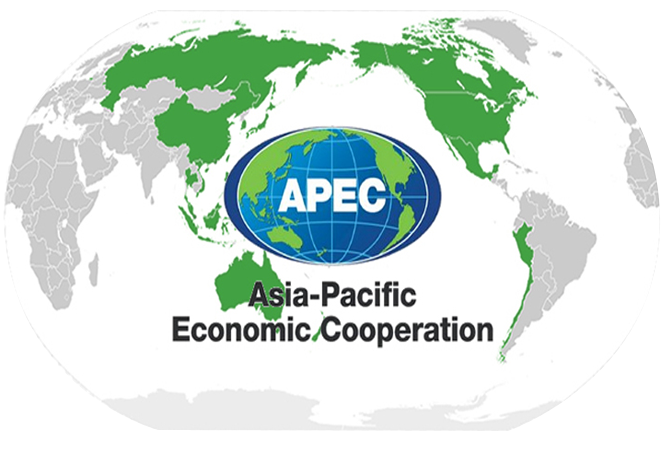
This puts them in direct competition with one another, which ultimately leads to increased efficiency as they each try to increase their profit margins. Because trade blocs unite several international markets, the manufacturers, producers, and other businesses within member countries are also brought closer together. The benefits include competition, market efficiency, trade effects, economies of scale, and foreign direct investment. By the end of the 20th Century, over half of the world’s nations were members of some sort of a trade bloc agreement.Įconomists have identified 5 general advantages of establishing a trade bloc. This trend toward trade blocs was seen in middle-income countries throughout the 1960’s, 1970’s, and after the fall of communism in the 1990’s. The GATT became the World Trade Organization in 1995. This agreement originally had 23 member nations, and by 1994 it had grown to include 123 members. Other trade blocs did become prominent again until after World War II with the General Agreement on Tariffs and Trade (GATT) of 1948. This strong trade agreement led to the founding of the North German Confederation of 1867, which eventually became the German Empire in 1871. The majority of the German states were members by 1866. The existence of the German Empire was made possible by the implementation of a new trade bloc, the German Customs Union of 1834. Its last formal meeting was in 1669 although it was not officially disbanded until 1871 with the creation of the German Empire. This trade bloc began to lose power in the late 16th Century due to increased trading of English, Roman, Dutch, and Ottoman Empire merchants.

It was implemented to protect the economic interests and political privileges of North European merchant associations.

The Hanseatic League of the late 12th Century was one of the earliest documented trade blocs.
#Regional trade blocs free#
The most well-known examples of major trade blocs seen around the world today include the North American Free Trade Agreement (NAFTA), the Association of Southeast Asian Nations (ASEAN), the European Union (EU), the Southern Common Market (MERCOSUR), and the Southern African Development Community (SADC). To encourage trade among member states, tariffs, taxes, and other trade barriers among them are often reduced or abolished. The agreement is entered into as a means of protecting member nations from excessive imports of non-member nations. The seven countries in both trade agreements account for US$292 billion in imports and US$150 billion in exports to the U.S.A trade bloc is a trade agreement among governments that are typically within a shared geographical region. It trades more with CPTPP countries than RCEP ones, as Mexico and Canada are two of its top three trading partners, respectively, and the USMCA is still the largest trading agreement by GDP.ĬPTPP countries clearly buy much more from the US than do RCEP ones. still has enormous power in global trade because of its size.

from the TPP to focus on trade deals with individual countries, the U.S. Critics worry that, now unchecked by the U.S., China will be able to set the rules and standards for global trade through its influence.

When signed, the RCEP will be the world’s largest trading bloc, overtaking the United States–Mexico–Canada Agreement (USMCA) and European Single Market. Instead, with the Chinese backed RCEP, the balance of power in the Asia-Pacific is shifting to Beijing. The new free-trade area would have reduced members’ reliance on trade with China and let the U.S. stayed in the TPP, it would have been the largest trade network in history, lowering tariffs and requiring labor and environmental protections. Subscribe to our weekly newsletter to get them delivered straight to your inbox!


 0 kommentar(er)
0 kommentar(er)
